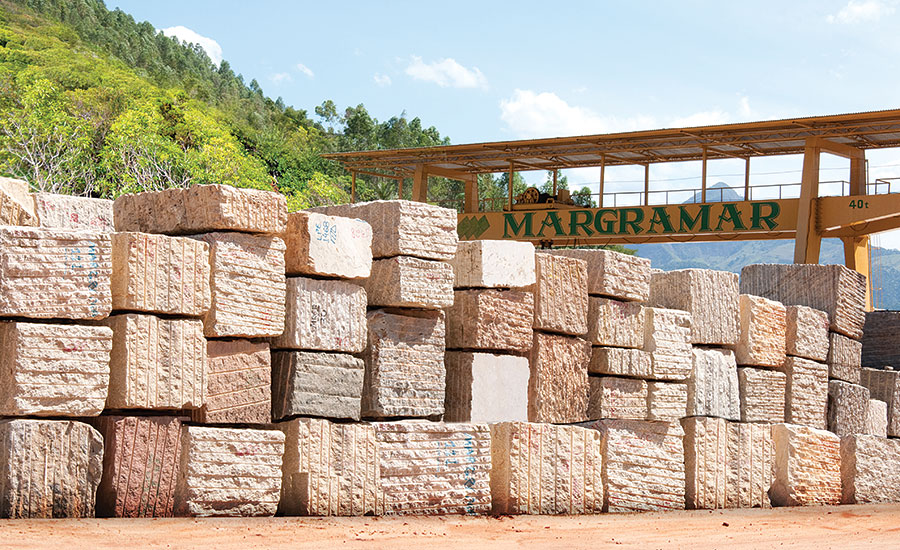Exploring Granite Quarries in South Africa: A Comprehensive Overview
Exploring Granite Quarries in South Africa: A Comprehensive Overview
Blog Article
Uncovering the Rich Background and Sustainable Practices of Granite Quarrying
As we depend on the precipice of discovering the intricate tapestry of granite quarrying, a trip via time exposes not simply the physical act of extracting rock yet likewise the social and historical relevance woven right into the really fabric of this method. From the old origins that laid the foundation for modern-day quarrying techniques to the sustainable methods that are forming the future of this industry, each sculpt mark on granite surface areas narrates waiting to be discovered (granite quarries in south africa). The heritage of granite quarrying extends far beyond simple removal; it is a testament to human resourcefulness, resilience, and the enduring appeal of this stunning rock
Old Beginnings of Granite Quarrying
Dating back to ancient human beings, the practice of quarrying granite has been an important component of human background and architectural improvement. The earliest proof of granite quarrying dates back to old Egypt, where huge pyramids and elaborate sculptures were crafted from this long lasting rock. The Egyptians utilized primitive devices to extract granite blocks from quarries, showcasing the significance of this material in their significant constructions.
Moving on in background, the Greeks also made considerable contributions to the quarrying of granite. The Greeks utilized granite in different architectural marvels, such as temples and statues, demonstrating their skill in shaping and sculpting this durable rock. The Romans better improved the strategies of quarrying granite, utilizing sophisticated tools like blades and hammers to extract and shape granite for their iconic frameworks.
With the centuries, the method of quarrying granite has developed, with modern technologies boosting performance while preserving the ageless appeal of this all-natural rock - granite quarries in south africa. From old people to contemporary contractors, the legacy of granite quarrying remains to form our world
Evolution of Quarrying Techniques
The advancement of quarrying methods has actually been marked by a continual progression in the direction of greater performance and precision in drawing out granite. Early quarrying strategies included hand-operated labor with basic devices such as knives, hammers, and wedges to draw out granite blocks from the planet.
In more recent times, the arrival of machinery changed the quarrying industry, allowing much faster extraction rates and boosted productivity. Technologies such as diamond cable saws, high-pressure water jets, and pneumatic drills have actually ended up being standard in modern-day quarries, allowing for exact cutting and lowered waste. Improvements in computer-controlled equipment and 3D modeling have actually maximized quarrying procedures, leading to marginal ecological impact and improved sustainability practices. As the demand for granite continues to increase, the development of quarrying methods stays important to conference sector needs efficiently and sustainably.
Social Value of Granite
Granite holds a profound social importance throughout different see here civilizations due to its long-lasting presence in building masterpieces and prized monuments. The social relevance of granite extends past its physical characteristics; it embodies strength, stability, and timelessness, making it a symbol of sustaining heritages and practices.

Lasting Practices in Quarrying
Amidst the abundant history of granite quarrying and its social relevance lies an expanding focus on sustainable techniques within the market. As environmental recognition and concerns regarding resource depletion have actually increased internationally, the quarrying market has actually increasingly embraced lasting techniques to minimize its effect on the environment and bordering areas.

In addition, improvement and rehab of quarry sites post-extraction are indispensable to lasting techniques. By recovering quarried locations to a natural or helpful state, learn the facts here now such as developing wildlife habitats or recreational spaces, quarriers can counter the ecological impact of their operations and contribute positively to the neighborhood ecological community.
Heritage of Granite Quarrying
With a historic backdrop steeped in craftsmanship and commercial progress, what enduring impact has granite quarrying left on the landscape of modern society? The tradition of granite quarrying goes beyond plain extraction methods; it has shaped building marvels, urban landscapes, and social heritage worldwide. The durable nature of granite has made it a favored selection for monoliths, buildings, and infrastructure, standing as a testimony to the ability and creativity of quarry workers throughout generations.
Additionally, the economic impact of granite quarrying can not be ignored. The industry remains to supply employment possibility and drive local economies in areas where granite extraction prevails. It has actually also spurred technological innovations in quarrying strategies and tools, leading to extra efficient and lasting techniques.
In regards to sustainability, the legacy of granite quarrying consists of initiatives to alleviate ecological impacts with reclamation tasks and liable resource management. By stabilizing economic interests with ecological stewardship, the sector strives to ensure that future generations can remain to gain from this enduring natural deposit.
Conclusion

Report this page